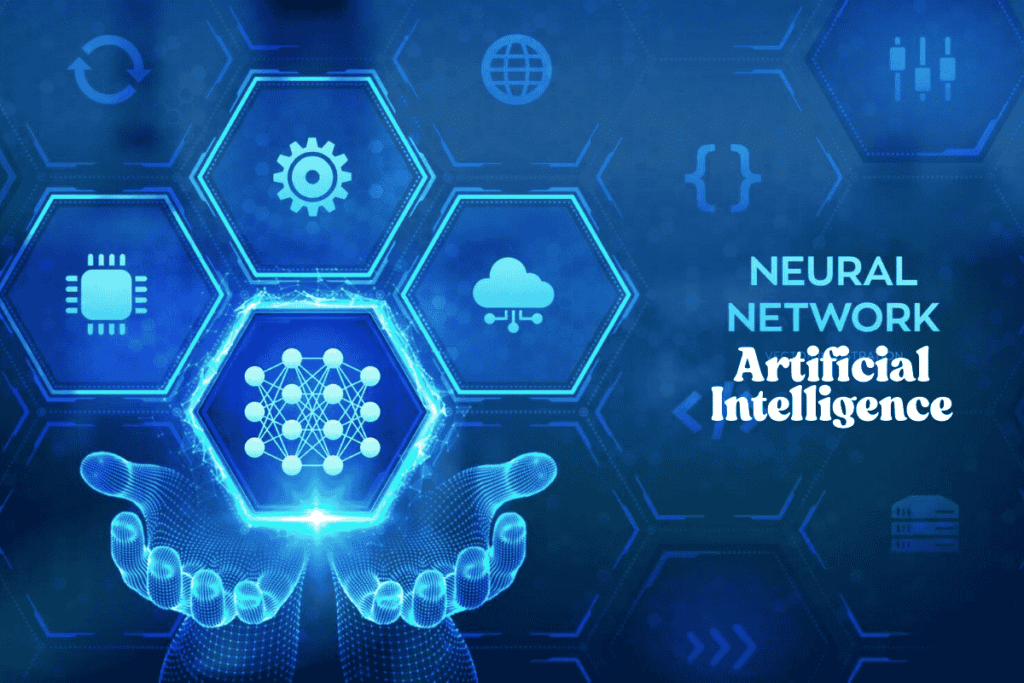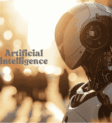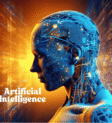Hello people! How do neural networks transform AI applications? Modern AI is built largely on neural networks which have greatly changed how machines can learn from, process, and decode complex data. When AI approaches tasks like image recognition, natural language processing, or predictive analytics, it performs them with high accuracy, because neural networks imitate the way the human brain works.
Neural networks which is the main topic of this article, are essential for modern AI and its leading applications. Here, I explore how neural networks are built, what types they come in, how to train them, the areas they’re used in, and how their scope might keep growing.
Let’s dive in!
Table of Contents
What Are Neural Networks?
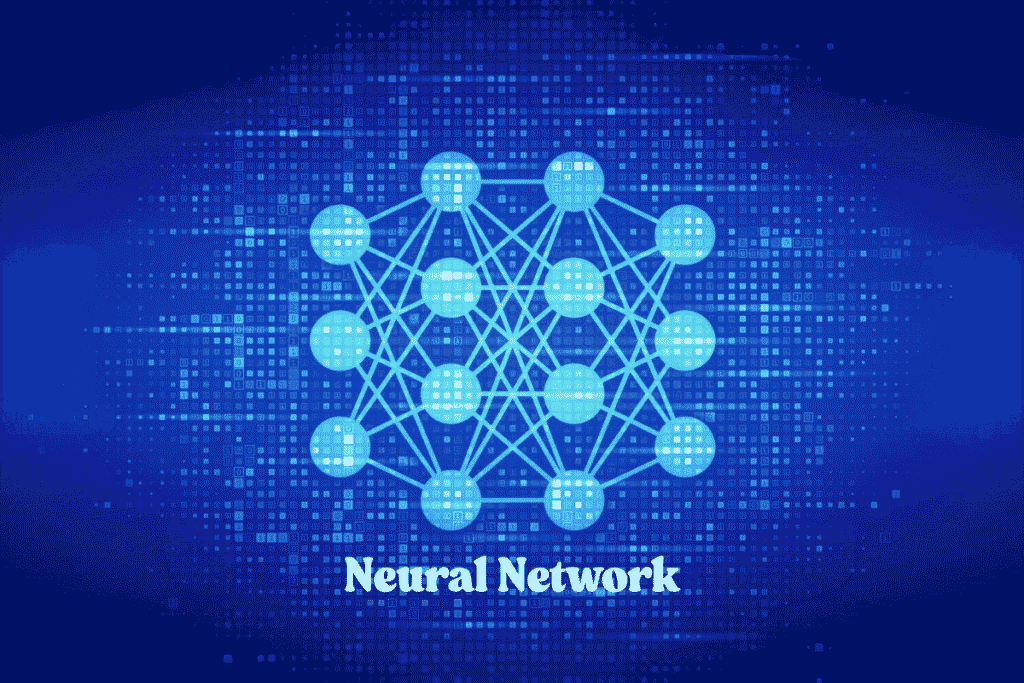
Neural networks are built to work like the biological neural networks present in the human brain. They have nodes known as neurons which are arranged in layers and work with input information to create meaningful answers. They are good at spotting patterns in data which makes them the best option for tasks where normal rule-based programming has its limitations.
The main purpose of neural networks is to teach themselves from the data they are given. Neurons vary their internal settings as they learn to improve their results on specific jobs. Such flexibility, which is called “learning,” helps neural networks solve many problems, including recognizing faces and translating languages on the go.
Neural Network Architecture
Basic Components
A neural network is usually made up of three main types of layers.
Input Layer: The Input Layer is designed to get the basic data, like pixel positions or numerical data from an example set, to pass to the next layer. The nodes in the input layer are there to represent every feature in the input data.
Hidden Layers: They do most of the processing in neural networks. There are many neurons in each hidden layer that change the input data using weights, biases, and activation functions. How many hidden layers and neurons a network has will affect its ability to pick up complex patterns.
Output Layer: The output layer returns the outcome or classification such as correctly naming something in an image or predicting a certain value.
In a neural network, every neuron in one layer is linked to neurons in the following layer using weights. Using weights, the signal is strengthened or weakened as it passes from one neuron to another and biases help make the network more suitable for the input data.
Activation Functions
Because of activation functions, neural networks can handle non-linear and complex data patterns. Frequently used activation functions are:
- Sigmoid: Brings inputs to a value between 0 and 1 and it is commonly used in binary classification tasks.
- ReLU: It outputs an input directly if the input is positive or else it outputs zero. Because ReLU is relatively simple and highly effective in deep networks, it is very popular.
- Tanh: Tanh takes in any value and sends it to a number between -1 and 1 which helps keep positive and negative numbers in check.
- Softmax: Softmax helps convert raw scores into probabilities which is common in the output layer for multi-class classification.
Forward Propagation
When forward propagation is used, input goes through the layers, with each neuron in each layer performing a transformation. It requires completing several stages.
- Scaling the input with each weight.
- Putting in an extra term called the bias.
- Using an activation function to decide how the neuron will respond.
What is produced by one layer becomes the input for the next layer and the process repeats until the last one makes the final prediction.
Types of Neural Networks
There are many kinds of neural networks and each one is designed for a particular purpose. These are some of the main categories found:
Feedforward Neural Networks
.FNNs are the basic type of neural network, so data is transferred from input to output in a single direction. They can do regression and classification, but they are not very practical for sequential or time-series data.
Convolutional Neural Networks
Deep learning models such as CNNs are made to work with grid-like information, for example, images. Convolutional layers identify edges or patterns in an image and pooling layers help reduce the number of data while maintaining significant data. Object detection and facial recognition use CNNs a lot.
Recurrent Neural Networks
These networks work well when the data is arranged in a sequence such as in time series or natural language. They do this by having a memory that lets them remember information before and is ideal for speech recognition and language modeling.
Issues with vanishing gradients are handled by networks like LSTMs and GRUs which perform well on long sequences.
Generative Adversarial Networking
Both the generator and the discriminator are part of the structure of GANs. The generator produces fake data and the discriminator tries to discover if it is true or false. Images or audio made by generative adversarial networks through adversarial training seem very realistic.
Transformer Networks
Transformers introduced in the paper “Attention is All You Need” use attention mechanisms to handle data in parallel which makes them powerful for natural language processing tasks. Such models as BERT and GPT draw power from them to understand and produce text that sounds natural.
Training Neural Networks
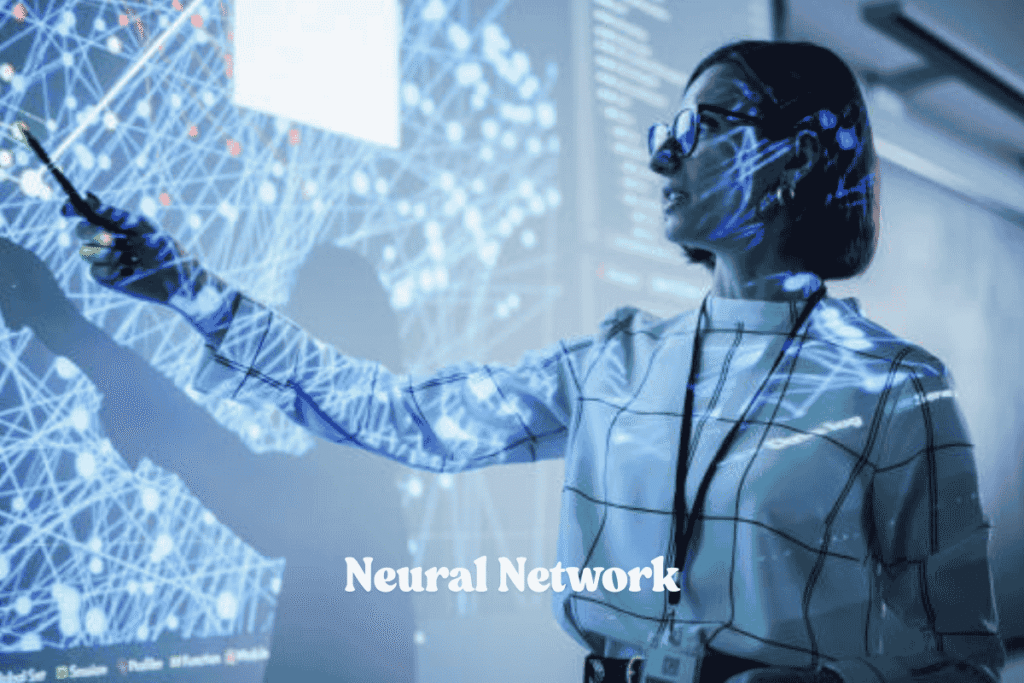
Minimizing the difference between the predictions and actual responses is a major part of training a neural network. Typically, this process covers the following set of steps:
Data Preparation
Training your model relies heavily on using proper and labeled data. There are three main categories into which data is usually divided:
- Using the Training Set lets you properly control the network.
- Helps adjust models so they don’t overfit and perform well.
- Testing on a set of unseen data is performed with the test set.
- When data is normalized or augmented, the network is better prepared to deal with the inputs it gets.
Loss Function
The difference between the predicted output and the actual value is what the loss function records. Popular loss functions are:
- Used in regression tasks as the Mean Squared Error (MSE).
- Used for handling classification problems.
- Binary classification uses Binary Cross-Entropy.
Backpropagation
Backpropagation means computing the variations in the loss function as they depend on the adjustable parameters in the network. They are applied to tune the weights and biases so that the loss value lowers as much as possible. The chain rule lets you carry errors backward through each part of the network.
Optimization
An example of this is the Stochastic Gradient Descent (SGD) or Adam algorithm. Because of its adaptive learning rate and momentum, Adam is more widely known for speeding up the process of convergence.
Regularization
Dropout, weight decay, and batch normalization are some of the methods used to avoid overfitting. Dropout stops neurons from acting for a training batch, whereas weight decay forces the network to reduce its biggest weights.
Hyperparameter Tuning
Learning rate, batch size, and, the number of hidden layers are just a few of the hyperparameters that play a big role in model performance. Both grid search and random search are typical ways to find the best hyperparameter values.
Applications of Neural Networks
Because of neural networks, many fields have advanced with breakthroughs formerly thought to be impossible. The main areas of application are:
Computer Vision
Image classification, object detection, and facial recognition are driven by CNNs. Neural networks allow self-driving cars to spot people on the road and notice traffic signs.
Natural Language Processing
Now, because of transformers, it is possible to achieve tasks such as machine translation, analyzing opinions, and building chatbots in NLP. Tools such as Grok which come from xAI, use AI models to create and interpret texts that seem written by a person.
Healthcare
They help to find out what is wrong with patients using medical images, estimate their health outcomes, and develop personalized treatment plans. CNNS can spot tumors in X-rays very accurately.
Finance
Some financial uses for neural networks are to predict stock prices, catch fraud, and analyze credit risk. Analyzing market trends is simplified using techniques based on RNNs and LSTMs.
Gaming
GANs help generate graphics and animations and reinforcement learning Added_{AI} trains AI agents to play games like chess and Go.
Autonomous Systems
With neural networks, robots and drones can move in their environment, recognize barriers, and perform their tasks on their own. They handle data from sensors immediately to choose how to act.
Challenges and Limitations
There are several issues that neural networks encounter, despite how strong they are:
Computational Resources
Big neural networks need a lot of computing resources and typically depend on GPUs or TPUs. Can have noticeable effects on both finance and eco-systems.
Overfitting
If neural networks only memorize what they are trained on, they might not do well when presented with new data. Regularization approaches usually deal with these problems.
Interpretability
Because the decision-making inside neural networks is not simple to figure out, many consider them as black boxes. Transparency is important in healthcare and law since mistakes may have serious consequences.
Data Dependency
Training neural networks take a lot of labeled data. Where there is not much data or it costs a lot to obtain it, their results might be less effective.
Ethical Concerns
Using training data that is biased can result in outcomes that are also biased which could be unethical. An example is the problem with facial recognition systems misidentifying a particular subset of people.
Future of Neural Networks
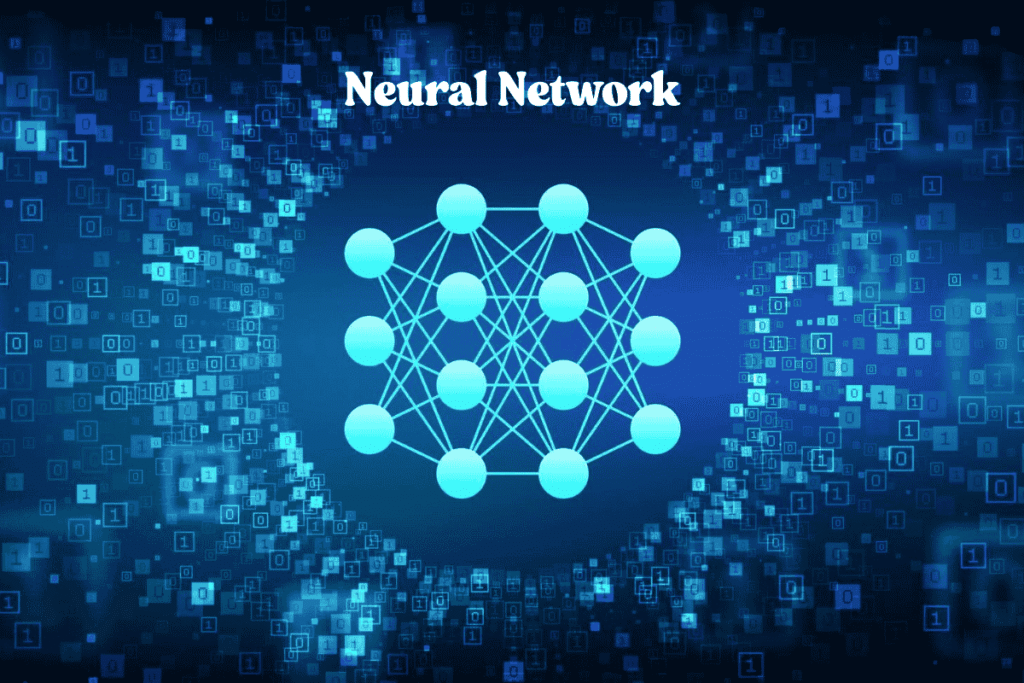
The potential for neural networks in the future is very high. New hardware like neuromorphic chips is expected to help neural networks become more efficient and faster. With new ways such as transfer learning and federated learning, companies require less data while still working together without losing privacy.
Some new approaches such as spiking neural networks, hope to replicate biological brains more closely and this could lead to greater performance and results. Besides, by adding symbolic reasoning to neural networks, AI systems could be both more powerful and transparent.
Accelerating human scientific research is central to xAI which relies heavily on neural networks. Grok and similar tools use neural network infrastructure to inform, respond to hard questions, and support researchers in studying the universe. Over time, as neural networks get smarter, they will help increase human intelligence and contribute to higher levels of innovation.
Conclusion
At the core of AI lies neural networks which help machines gain knowledge, change automatically, and perform nearly perfect tasks. Starting from their basic structure to the many areas where they are used, the power of neural networks relies on natural processes in biology. Though computer scientists are still dealing with interpretation and resource issues, developments and research keep making neural networks better.
Understanding neural networks tells us that in the future, machines and people can join forces to discover innovative things. What is the next important discovery for neural networks?
FAQS
- What are neural networks as they relate to AI?
Machines process data in ways that sort of resemble the functions of the human mind.
- What role do activation functions have in neural networks?
Allow the design of networks that create or deal with complex patterns in non-linear ways.
- What does backpropagation contribute to the training of the neural network?
Gradient computations are applied to weights which decreases the errors in predictions.
- Why are convolutional neural networks adopted in computer vision?
Spot different patterns in images by using convolution and pooling algorithms.
- What difficulties are encountered by neural networks in their use in AI?
Computer power, challenges with fitting models to data perfectly, the ability to understand what they do, and problems with getting enough data are some of the issues.
